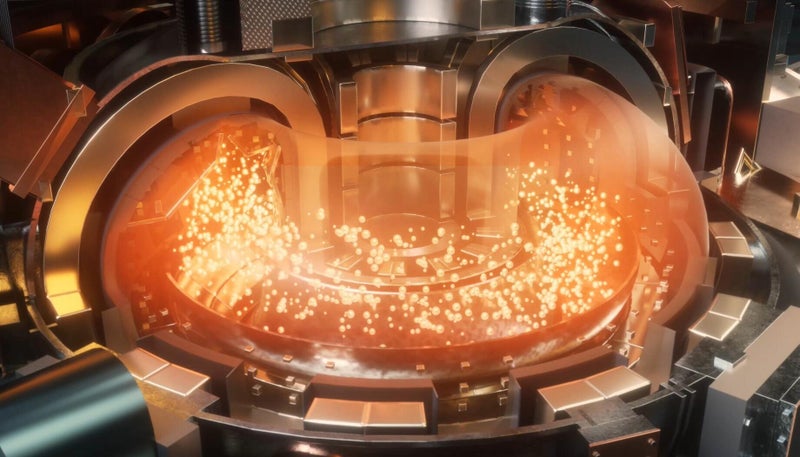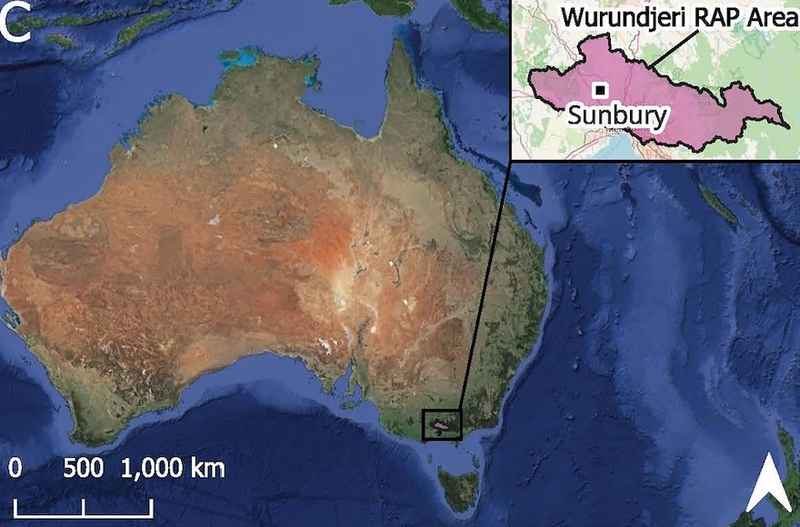From the Beatles to biologics – how Liverpool became a life science hotspot
Share:
The city has a long history with tropical medicine and is now home to one of the largest biotech clusters in Europe. Tucked away in the village of Leasowe, near Moreton on the Wirral peninsula west of Liverpool, the US pharmaceutical company Bristol Myers Squibb (BMS) is building a new £35m glass-clad laboratory building.
![[Julia Kollewe]](https://i.guim.co.uk/img/uploads/2017/10/06/Julia-Kollewe,-L.png?width=75&dpr=1&s=none&crop=none)
It is part of a growing life sciences cluster in and around Liverpool, one of the largest in Europe, and a leader in vaccine development and manufacture, as well as infectious disease research projects in the UK. The move comes as Britain’s biggest company, AstraZeneca, has put on hold a £450m investment in a vaccine research and manufacturing site in nearby Speke, a suburb to the south of Liverpool, while it tries to secure UK government grant funding.
![[Pascal Soriot]](https://i.guim.co.uk/img/media/bdd6485fa8962c122f548d18005a2a5fb38592c3/0_248_7360_4417/master/7360.jpg?width=445&dpr=1&s=none&crop=none)
A grant would constitute one of the first big state interventions since Labour came to power in July, and a test of how well the drug maker, run by Pascal Soriot – the best-paid chief executive of a FTSE 100-listed company, who is in line for up to £18.7m for 2024 – can flex its muscle.
![[The exterior of AstraZeneca’s site in Speke ]](https://i.guim.co.uk/img/media/bd41b5f6ff6e8352c79b9ff28f955a93fa6f5da3/95_229_3266_1959/master/3266.jpg?width=445&dpr=1&s=none&crop=none)
Meanwhile, the new BMS building, to be unveiled next May, is 50% bigger than its existing labs in Wirral, and will house 250 scientists and operational staff, more than double the number of eight years ago. It is a key product development site for BMS and monitors the effectiveness of existing drugs. Here researchers test tablets for impurities and the ability to withstand exposure to light, extreme temperatures and humidity during storage, as well as their durability, with the goal of achieving a shelf life of three years.






















